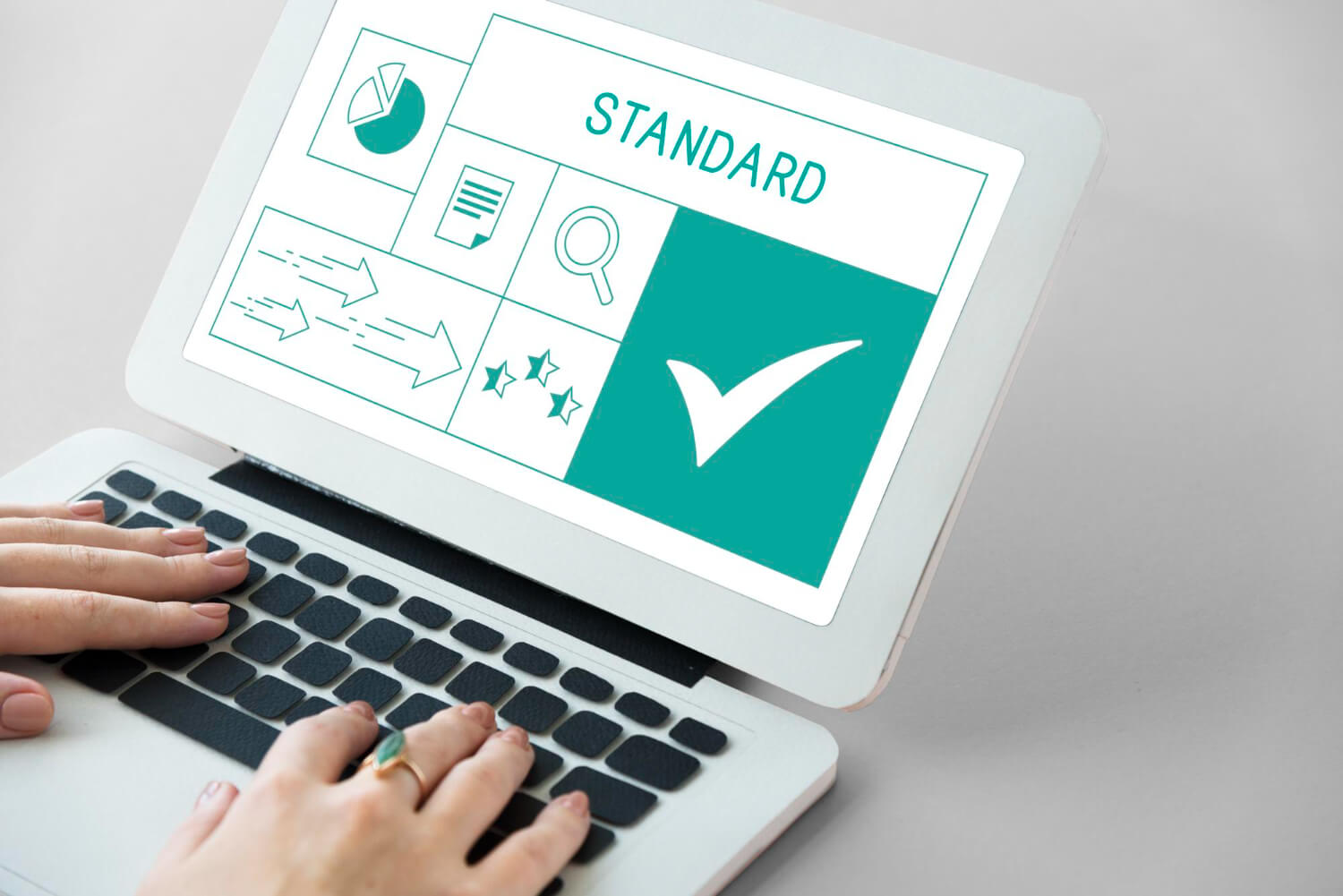You go into an organization where there are no standard forms of documentation for communicating. How do you go about creating a standard when there is none? First and foremost, use your excellent communication skills to understand your stakeholders, use your interpersonal skills to collaborate with colleagues to gather information, and use your technical and analytical skills to understand complex technical information and organize it into logical sections.
Should you have a meeting first? Or do you develop a standardization on your own? There are many ways to approach this. Regarding best documentation practices,
- Meet first and find out what exists already.
- Then see how you can organize all of it on your own.
- When that heavy task is completed, create a Style Guide for each piece of material.
- Plan out what has to be done.
Below are some suggestions and questions to ask.
Whether there are existing or just a few brief documents, find out:
- What is the organizations’ environment, e.g., global, marketing, technical?
- Where all the documents located.
- Who is your target audience? Who were the existing documents created for previously, e.g., testers, users, developers, engineers, financial or pharmaceutical personnel, managers? Try to narrow down the stakeholders.
- Do compliances have to be met, e.g., within a pharmaceutical or manufacturing company.
- Are there any security issues?
If there are existing documents:
- Ask and ensure that the existing documents are accurate.
- Next, perform a general examination of all the documents.
- Think about how you would rearrange the material.to make it more appealing.
- Did you find any consistencies within the documents, i.e., style of writing, formatting? If so, note it down, as this information might become part of a style guide for certain types of documents.
- Also note down any formatting differences to see if there is a preference
- Organize the documents into categories, e.g., user guides, standard operating procedures, technical, sales, customer service documents, etc.
- Create an outline or draw a map of the categories to help maintain order.
- Ensure that the content fits into the category.
- When ready, work on each piece of document one at a time.
- Ensure that the purpose of each document is successful and does what it is supposed to do, i.e., guide, develop, help, quantify, educate, or demonstrate.
Questions to ask about the documents:
- Are there certain styles or types of documents that they do not want? Maybe they only want user or training material and not technical nor procedural documents.
- Are there particular formats they do not want, i.e., within outlines (wanting alphabetical as opposed to numerical)?
- Does length matter/? Maybe they only want short concise documents and not lengthy ones where you have to look at a table of contents.
As a final note:
- The document you standardize should fit the philosophy of the organization; global or national.
- Plan out your documents and create guidelines for approval, and determine ahead of time how to manage changes.
- Be flexible, especially when working in a global organization. One culture may like explicit detailed longer explanations, whereas another may not and prefer illustrations instead of words, or both, or videos instead.
What are your experiences in working with non-standardized documents?
 Sections of this topic
Sections of this topic
















